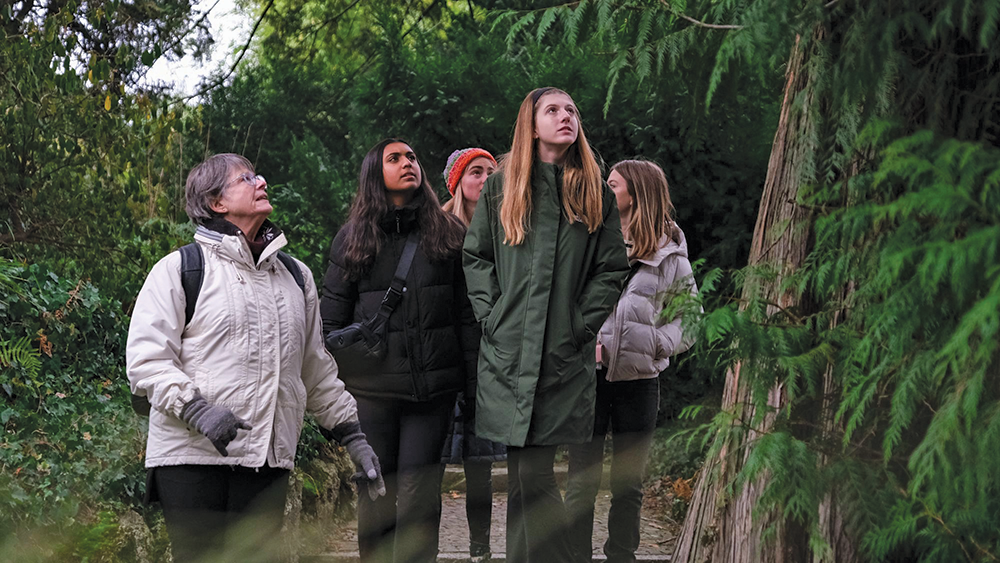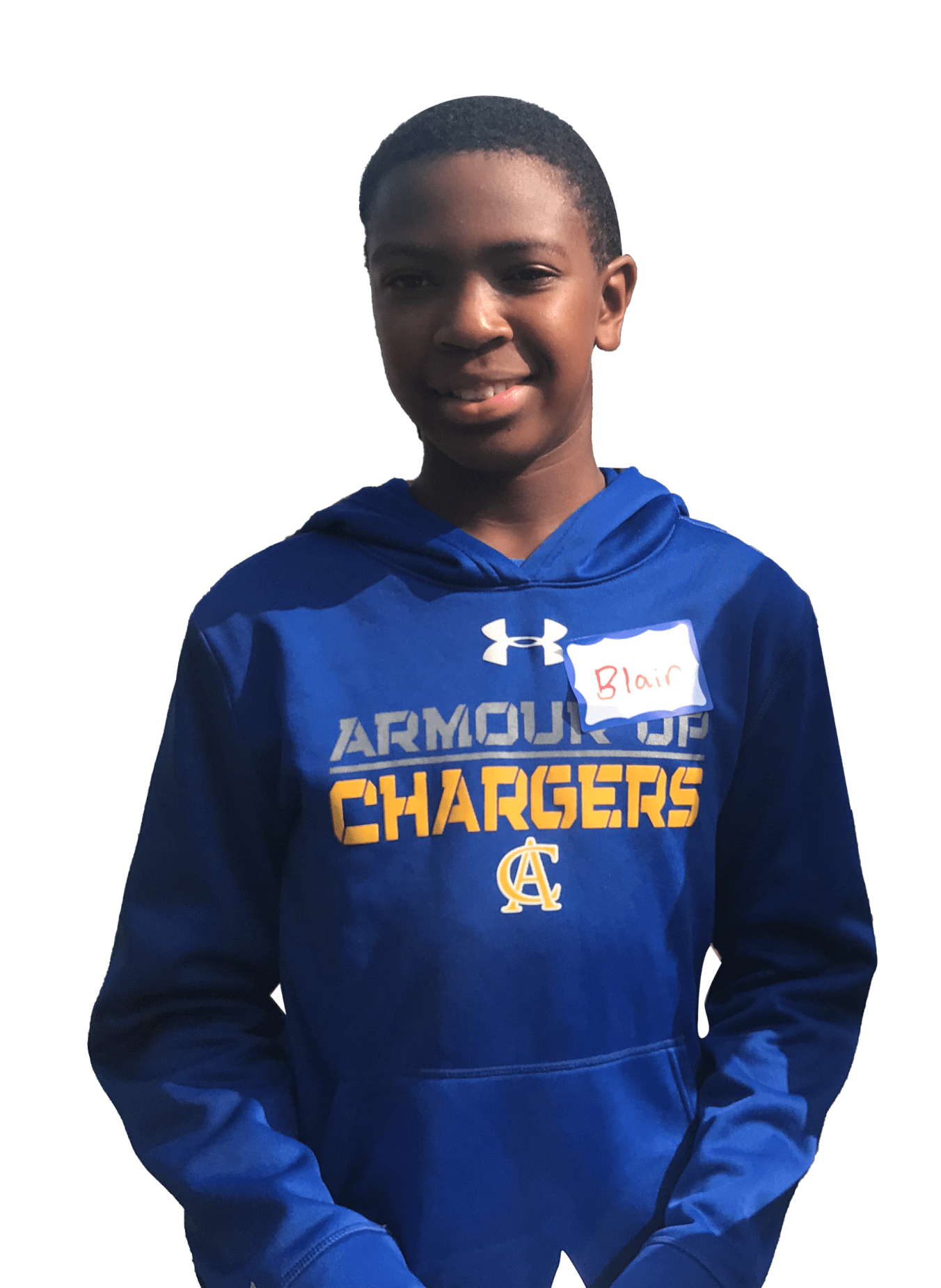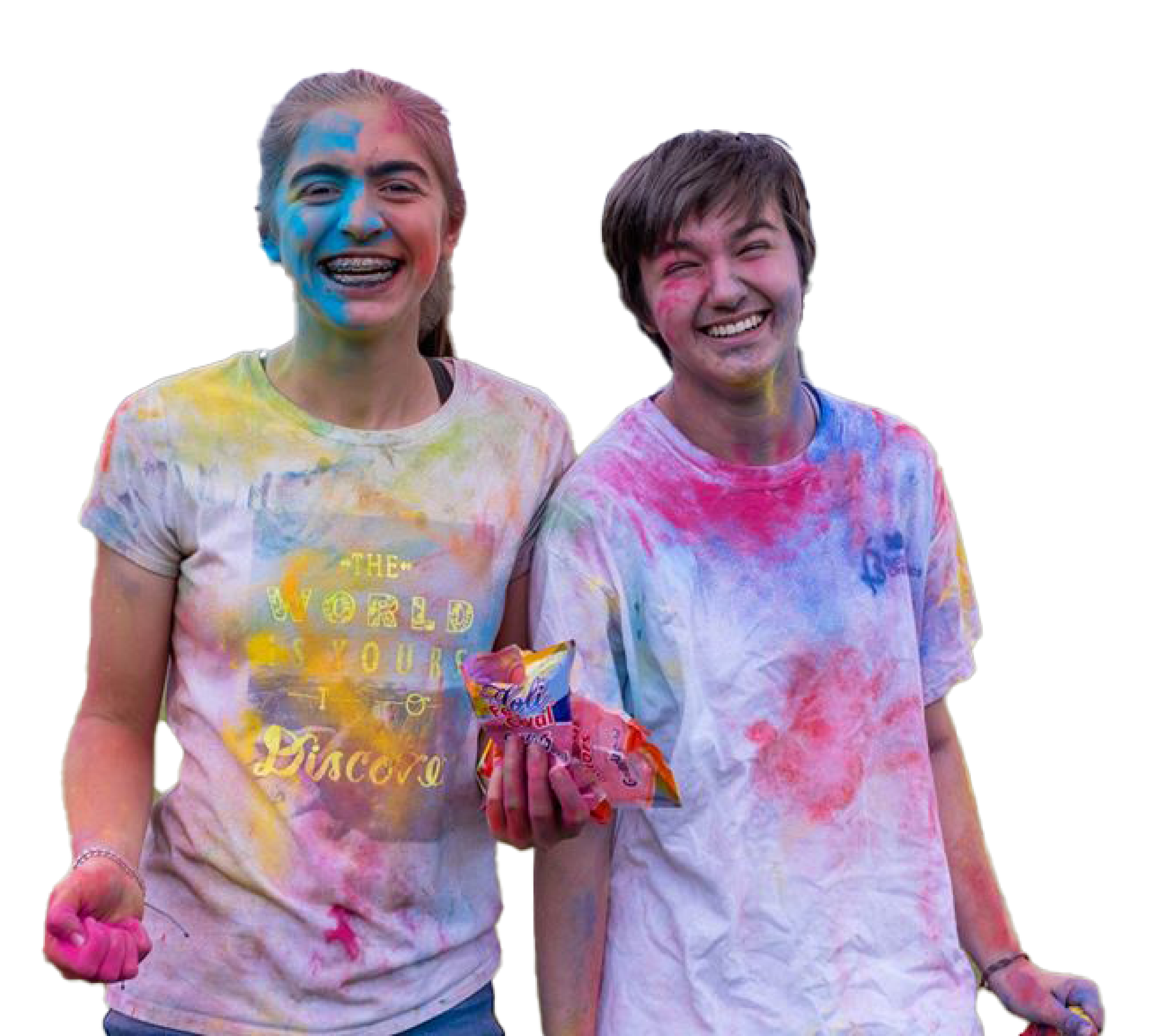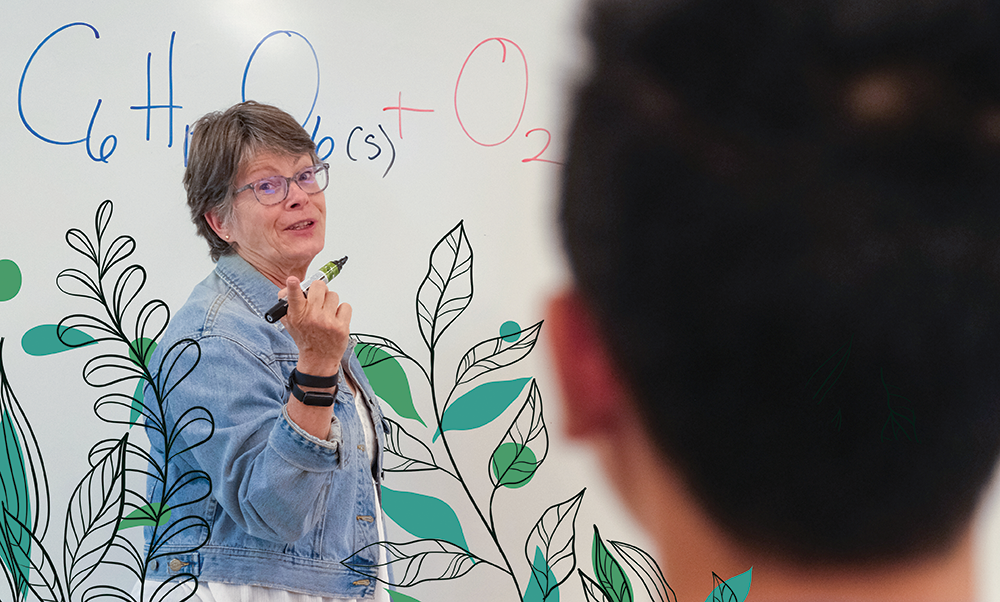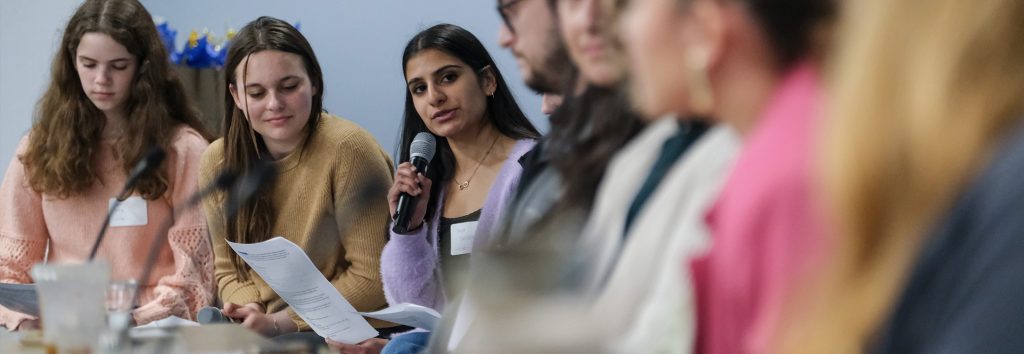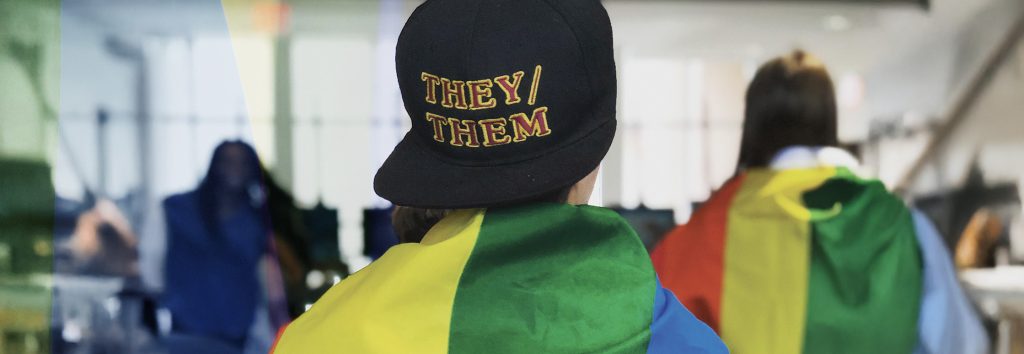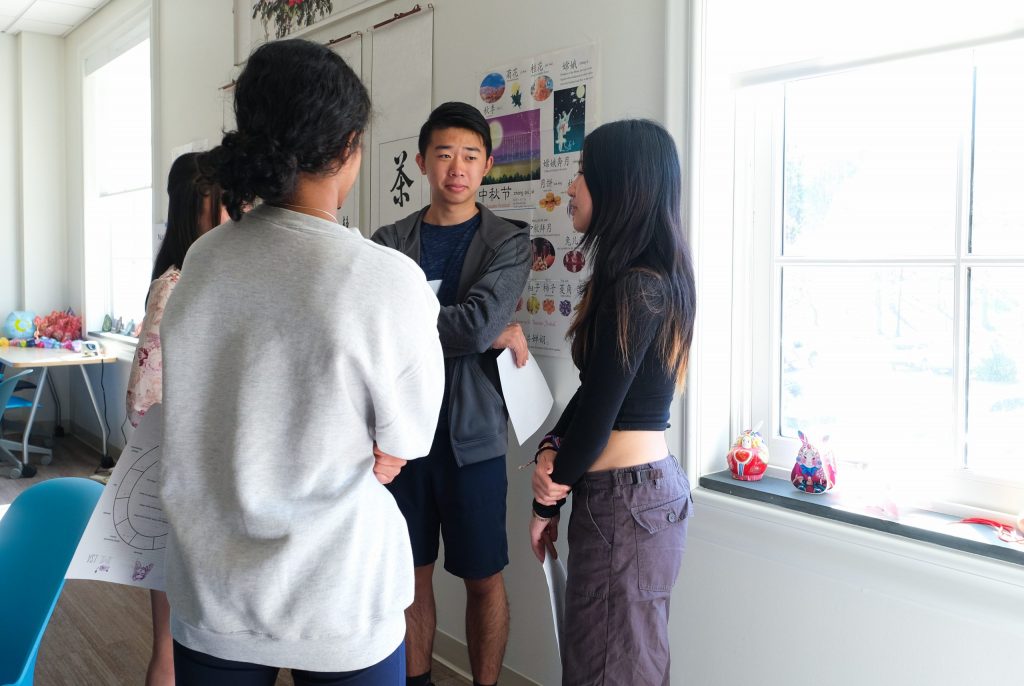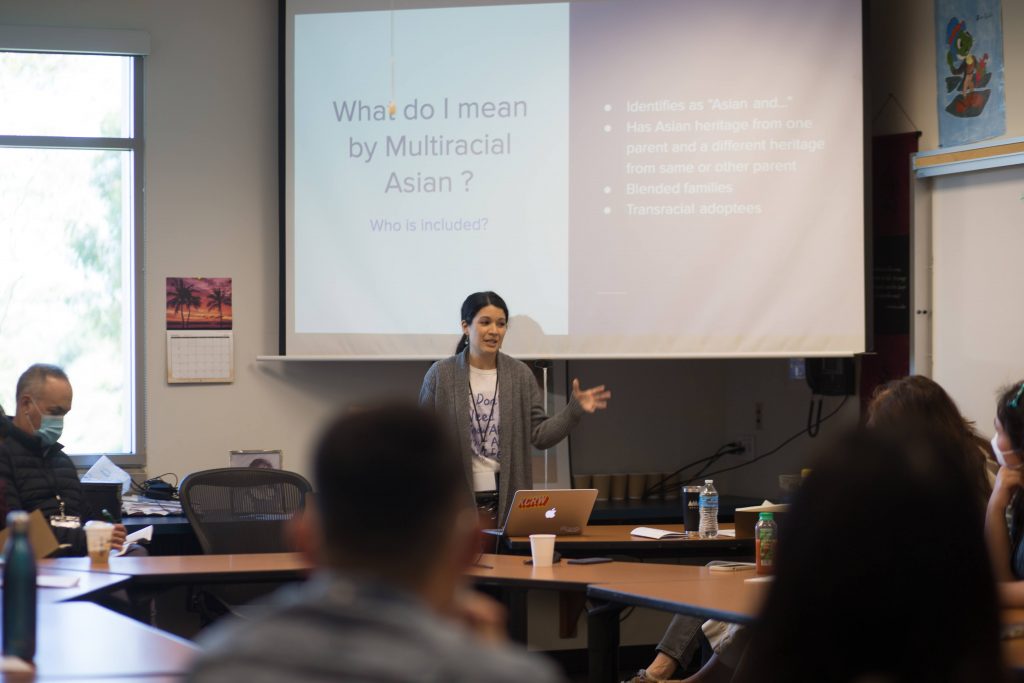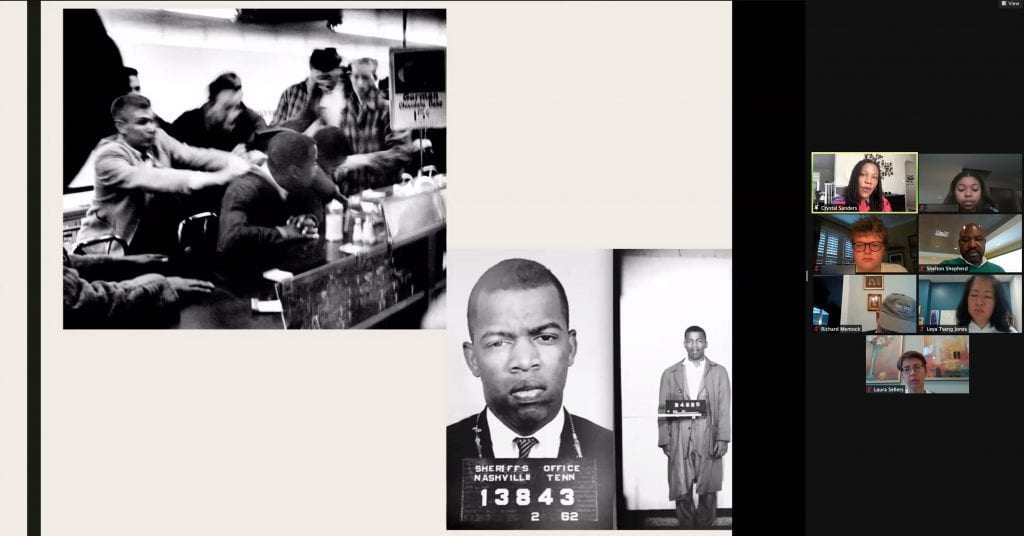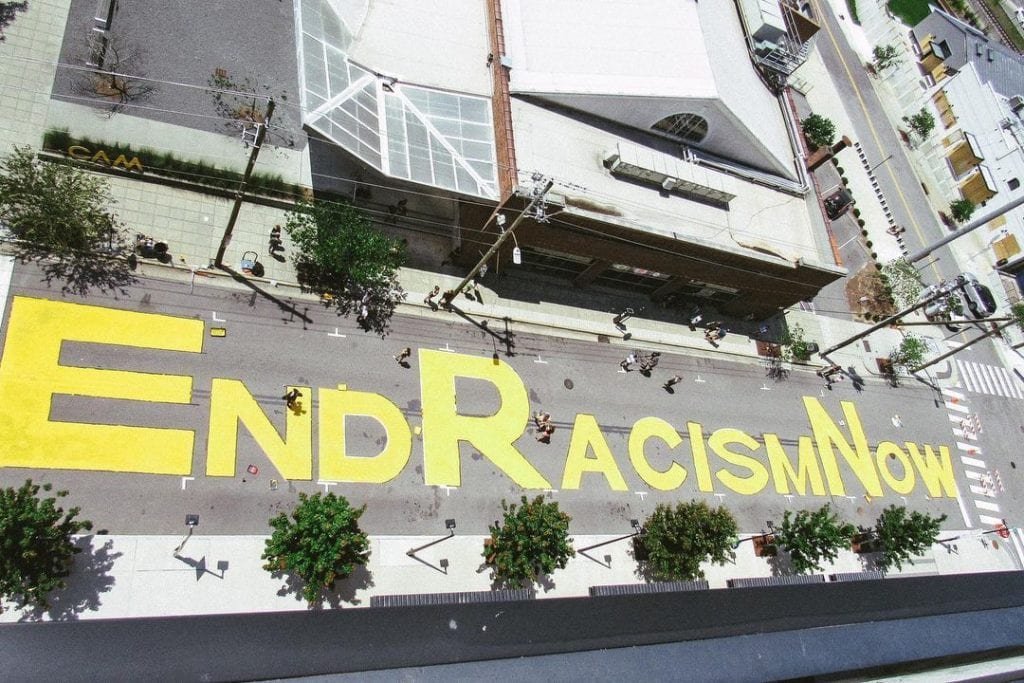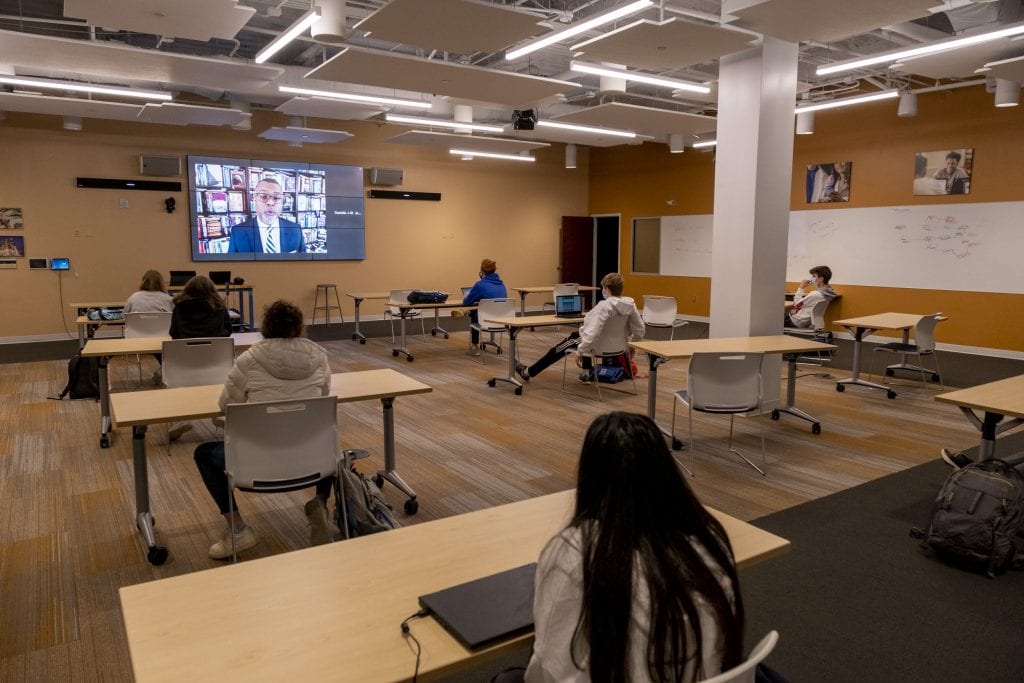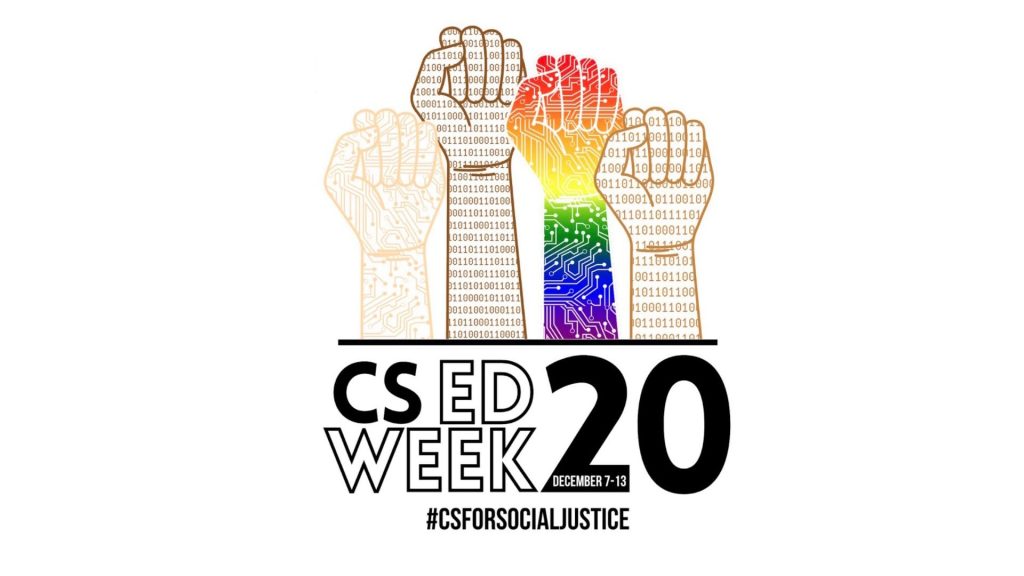Most in the CA community know Heidi Maloy as a beloved Upper School science teacher. That’s a fair characterization, of course. After all, she’s played a pivotal role in shaping CA’s science curriculum for over 21 years. In truth, however, she is much more: a creative scientific storyteller who empowers students to weave their own meaningful narratives from the very building blocks of life.
Maloy’s love of the natural world—for botany and plants, particularly—took root in her childhood amongst her grandmother’s expansive African violet collection and the wondrous two-story greenhouse that housed a family friend’s wild orchid collection. However, it was growing up in the industrial expanse of Staten Island—home to one of the largest landfills in the United States and in the shadow of the towering refinery smokestacks of Dupont and Exxon—that galvanized her commitment to preserving the natural world.
“In a fairly short time, I saw my childhood home transform from a pastoral environment into a poorly planned urban sprawl choked by traffic, the stench of a landfill so large it is visible from space, and noxious fumes from industrial plants,” Maloy recalls. “It was growing up amidst that destruction of nature that led me to environmental science and a passion for sustainability.”
In 1976, it also led her to seek refuge at Lake Forest College, an idyllic liberal arts institution outside Chicago, Illinois. Perched on the shore of Lake Michigan, Lake Forest offered an emerging degree in an intriguing new interdisciplinary field: environmental studies.
“Environmental science is focused solely on the hard sciences—on ecology, biology, physics, chemistry. Environmental studies, however, incorporate the social sciences into the hard sciences. I was able to study ecology alongside environmental land-use planning and physics and chemistry in the context of economics and statistics.”
The insights gained from her interdisciplinary studies proved to be keys to making sense of the urban environment of her youth. They held revelations that shaped how she thought about the environment and her field. “Without the social sciences—without that context, without those connections—you can’t understand the significance of the hard sciences. You need both to create a narrative that has meaning.”
BUILDING STORIES
Maloy would go on to receive her MS in biology from the University of New Mexico, lured to the desert by their groundbreaking ecosystems program. Today, she brings her signature interdisciplinary sense-making to her lab at CA, where she encourages students to explore their personal connections with science.
“For me, teaching science is not all about facts or test scores; it’s about building stories. What is your story? How does chemistry connect to biology? How does it connect to environmental science? How does it connect to physics? There are all kinds of connections there,” offers Maloy.
“Unless you encourage students to discover the stories behind the science, they will only walk away with facts. Those facts may be transferable at some point, but not unless they’re working in that specific field or building their own story.”
Take, for example, her Chemistry: Particle Exploration of Matter class. Where most traditional chemistry classes start with the most salient particle, the atom, as a jumping off point, her class offers a more creative approach. (Maloy is quick to point out that science is, at its heart, a creative discipline.)
Following chronological discoveries in chemistry based on the modeling chemistry curriculum, Maloy and her students build the story of chemistry together—starting first with the concept of a particle and progressing outwards to consider particle interactions, the energy they contain, their compositions, and the combinations they form. By the conclusion of the class, students have evolved into true chemists who can apply and demonstrate a working knowledge of chemical composition in ways that are useful and meaningful to their lives.
In all her classes—from her advanced environmental science to advanced environmental policy to her partnership with the CCE for her “Farming for Our Food” elective—Maloy creates experiential opportunities that encourage students to extrapolate from scientific principles and data points to the broader narrative of life. Whether developing skills to conduct their own research project or assessing the merits of proposed climate change legislation, she urges students to consider the personal and global impact of what they are learning. With her guidance and support, students pick up the threads of science, connect them with other ideas, and spin them into something extraordinary.
For Maloy, watching students’ stories unfold is immensely gratifying.
“Kids digging in the mud and clearing cattails to try and grow rice next to the greenhouse, or designing and building raised garden beds outside the CMS, or cold-emailing a senator about an environmental issue that they care about and getting a response that elicits excitement—those moments are gold. I love it when students find a passion and see it through to make something happen or create something lasting.”
KNOWLEDGE IS POWER
Maloy is grateful for CA’s flexibility, which allows faculty and students alike ample opportunities to discover and explore their own stories. She’s proud to have helped reframe CA’s science curriculum to emphasize choice and personal relevance.
Remember the Particle of Matter chemistry class? If that doesn’t appeal to a student, they can choose an alternative class—Chemistry: Interactive Framework of Matter—focused on atomic interactions and states of matter. Similar options are available in biology and physics, offering multiple pathways for students to interact with science on their own terms and from the perspectives that interest them most.
Maloy delights in watching students own their learning as they find their own path through the curriculum.
“It’s so fun to watch! Instead of asking, ‘What’s my next requirement?’, they ask, ‘What are my options?” They’re choosing how they engage, and in that, they are creating their own meaningful stories. That is important; it is powerful.”
Every year, Maloy starts the year by challenging students to tap into that power and discover their own science stories—ones that reflect what they care about—and explore big questions that matter to them.
“I start by telling students that ‘I have no idea if one of you will invent something that reverses climate change. It’s possible. I don’t know if you will find a way of purifying water so that seawater is now potable for countries without water. You might. Or if you’ll discover a method of growing crops in arid environments that will allow us to feed millions of people. You could. There are endless possibilities that lay before you.’
“I really want them to think about that—not only about the next steps that lie just ahead, but how they will change the world.”
INCORPORATING INDIGENEITY
Maloy recently embarked on an exciting new endeavor—one that combined two of her keenest passions: environmental science and Indigenous allyship and activism.
Prior to coming to CA, Maloy taught in New Mexico, surrounded by the Pueblo Nations. She credits that experience with transforming her ideas about land—about its history and how our relationship to where we live and how we think about it shapes our decisions around its use.
“In Albuquerque, one of my neighbors was a Dine woman. Our conversations—about the history of the Dine (Navajo), their relationship to the land, and their history—were so rich. It struck me that I had no awareness of the Indigenous people who had originally inhabited where I had grown up. I know now that Staten Island is on Lenape land, but it wasn’t something that had been taught or addressed. You hear a lot about the Dutch settling of the area, but nothing about the Lenape. It made me ask: what am I missing from my background? It became part of what I needed to know.”
Since then, Maloy has been on a quest to help students understand the history of the lands on which they live, embedding Indigenous voices and perspectives on land use and care into her science classes. She also co-founded CA’s Indigenous Persons’ Affinity Group with Gavin Barrentine, Education Technology & Support Specialist, an intervention Maloy feels is crucial.
“While CA currently doesn’t necessarily have many students who have an Indigenous background, it’s still important—even for other students—to have a recognized space for Indigenous identity and perspectives.”
Last fall, Maloy was accepted into UNC’s World View program as a Global Indigeneity Fellow. Over the course of an intensive eight-month program, she partnered with other educators and members of local Indigenous communities to develop a deeper understanding of the culture, history, and contemporary life of Indigenous communities in North Carolina and beyond and the unique ways Indigenous cultures conceptualize and relate to the environment.
As her capstone project, she created a high school course curriculum—Origin Stories of Land Use—that explores the environmental and cultural meaning of land from various perspectives, including those of Indigenous stakeholders, ecologists, government entities, and historians, and the roles those narratives play in transforming and restoring land. She looks forward to bringing the lessons she has learned and created to her students at CA.
WHAT SUSTAINS US
Maloy is a longtime advocate for the importance of interdisciplinarity. “Working within disciplinary siloes causes a problematic fragmentation of thinking. Interdisciplinarity unlocks critical opportunities to make connections and illuminate meaning across fields,” explains Maloy. “For our students, it makes their learning more relevant, impactful, and memorable.”
Over the last year, Maloy has been hard at work with her fellow faculty members—Craig Lazarski (Upper School math), Bill Velto (Upper School cultural geography), and Allison Buie (Upper School English) to develop a new interdisciplinary program for 9th and 10th graders.
In the What Sustains Us program, students will offer a hands-on investigation into humankind’s physical, intellectual, and emotional needs and consider how to meet those needs of the Earth without compromising future generations. These essential questions will be examined in a variety of interdisciplinary contexts, drawing on English, world history, ecosystems biology, and data science.
The program aims to create an immersive and flexible learning environment that transcends traditional subject area boundaries, classroom spaces, and timetables in favor of a more fluid, adaptive, and holistic learning journey that is responsive to participants’ needs and interests.
